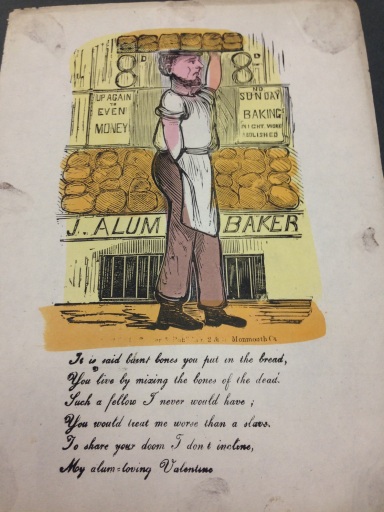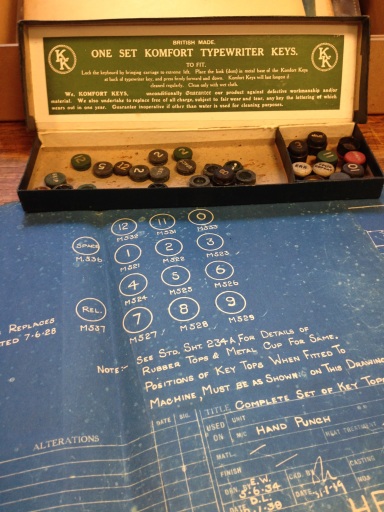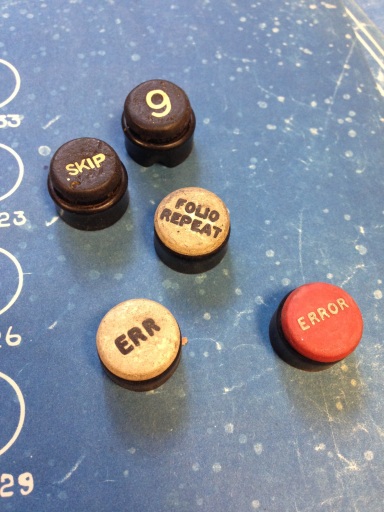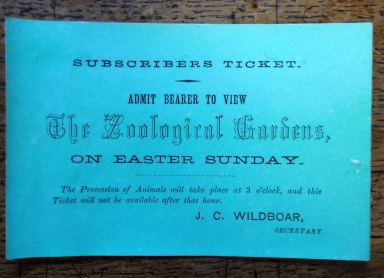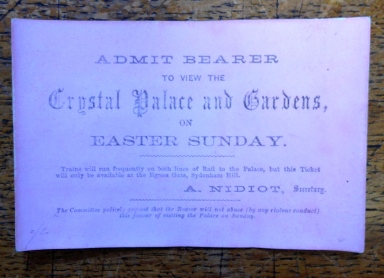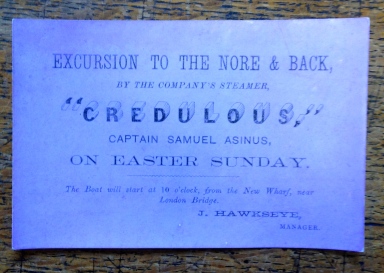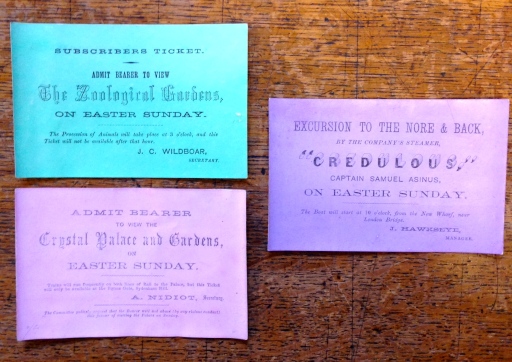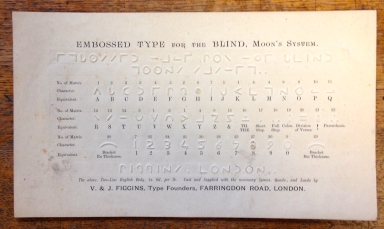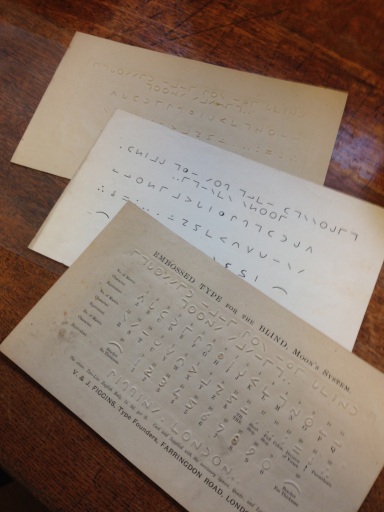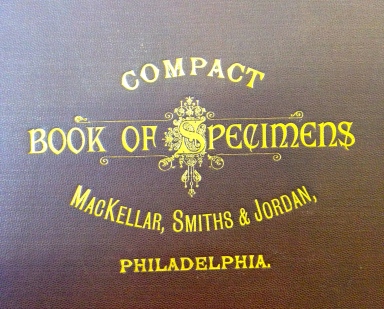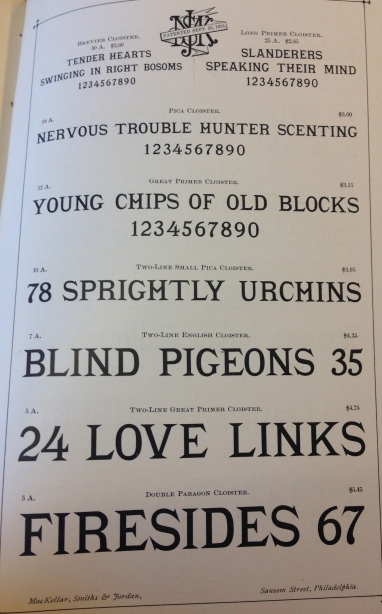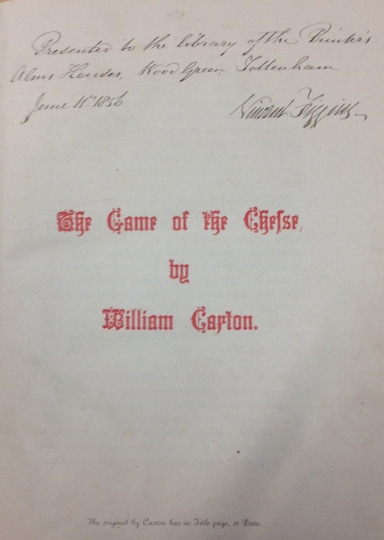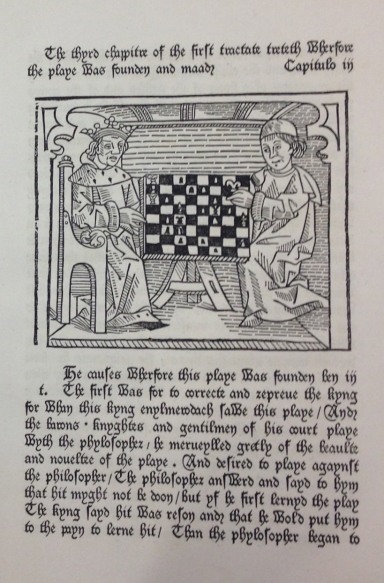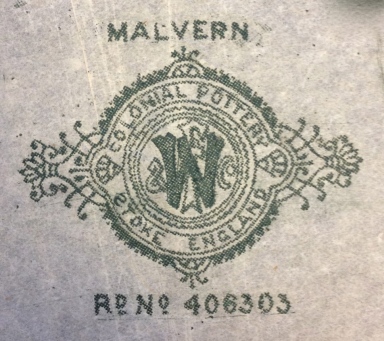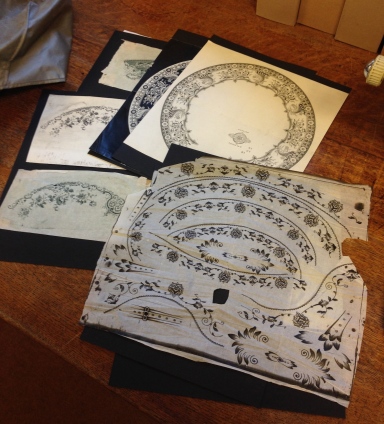Valentine’s Day tends to split opinions; you either love it, or think it is such a waste of time that anyone who takes part in it is wasting oxygen. Obviously, here at St Bride Foundation we are impartial, but recently, these naughty little cards have come out of the woodwork…
If you were to receive a card or a gift, you would be correct in thinking that someone has a crush on you, right? If we were in the late 1800s, this would not necessarily be the case. Alongside our collection of neatly embroidered, lace-fringed labours of love are the ‘anti-Valentine’s’, a get out of jail free card, just in case your feelings didn’t match those of the unlucky romantic who sent you a card in the first place.
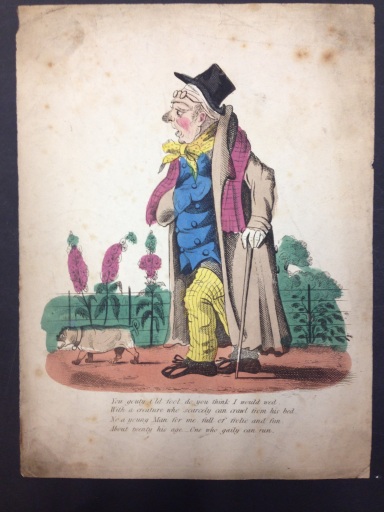
‘You gouty old fool, do you think I would wed, with a creature who scarcely can crawl from his bed?’
‘Then beast, don’t think I’d ever pine, to be an hypocrite’s Valentine’
Having the pleasure of opening one of these after pouring your heart into a Valentine’s card clearly wouldn’t be the happiest moment of your life but, thankfully, social etiquette has evolved slightly since then.
Finally, if you happen to receive one of these, do not blame us. On the flip side, if it has given you an idea, then Happy Valentine’s!
